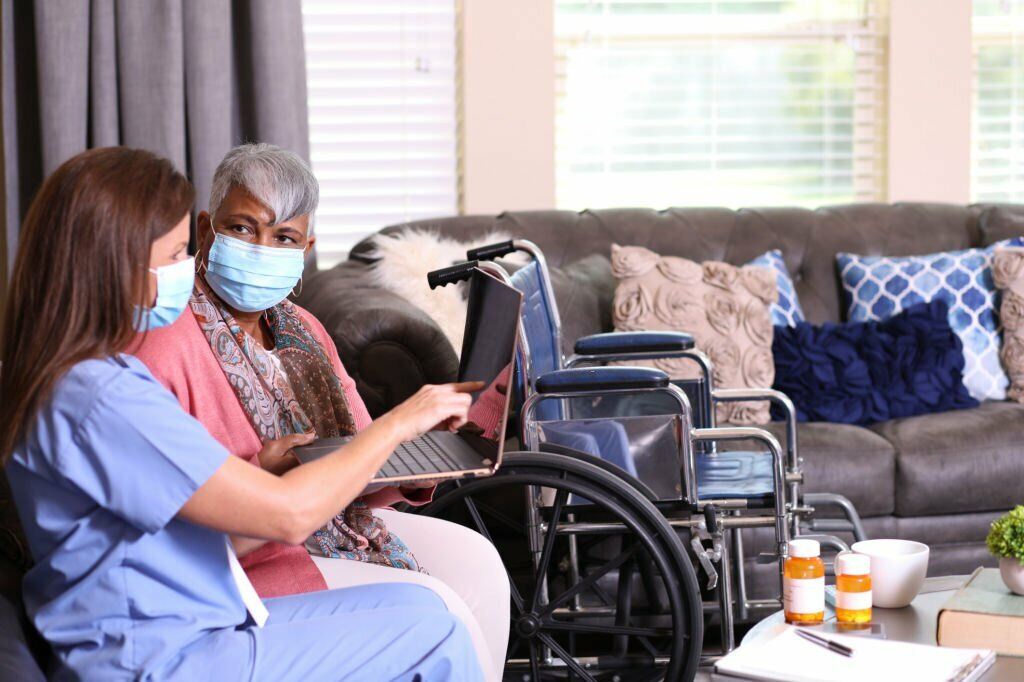In recent years, the intersection of healthcare and finance has become increasingly complex, prompting the need for medical professionals to be equipped with knowledge about securities litigation.
Understanding the legal landscapes surrounding securities is crucial for those in the medical field, especially as investment opportunities in healthcare entities expand. This article aims to provide a comprehensive guide for medical professionals to navigate the intricate realm of securities litigation.
Understanding Securities Litigation
Before delving into the specifics, it’s essential to comprehend the fundamentals of securities litigation. Securities refer to financial instruments, such as stocks and bonds, that hold value and can be traded.
Litigation, in this context, involves legal action taken in response to alleged securities law violations. To get more details about securities litigation firms you may check it here.
Importance of Securities Education for Medical Professionals
Medical professionals, whether physicians, researchers, or administrators, often encounter investment opportunities related to healthcare companies. However, a lack of knowledge of securities laws and regulations can lead to unintended legal repercussions. Hence, understanding the following aspects is imperative:
Investment Dynamics in Healthcare: Healthcare investments are lucrative but come with inherent risks. Understanding the dynamics of investing in healthcare entities helps medical professionals make informed decisions, minimizing potential legal pitfalls.
Insider Trading: Medical professionals often gain privileged information about healthcare companies. Awareness of insider trading regulations is crucial to avoid unintentional breaches and legal repercussions.
Securities Fraud: Knowledge about securities fraud helps medical professionals recognize deceptive practices, protecting both their investments and professional integrity.

Market Trends and Growth Areas
Understanding market trends and identifying growth areas is essential for traders aiming to maximize opportunities within funded account trading. Exploring these aspects can provide insights into where potential growth lies and how to navigate this dynamic landscape effectively.
Aging Population and Chronic Diseases
With an aging population globally, investments in healthcare addressing age-related illnesses and chronic diseases are on the rise. Companies focusing on innovative solutions for conditions like diabetes, cardiovascular diseases, and neurodegenerative disorders attract substantial investment.
Healthcare Infrastructure and Services
Investments in healthcare infrastructure, including hospitals, clinics, and healthcare service providers, continue to be a significant area of interest. With increasing demand for quality healthcare services, infrastructure development presents promising investment opportunities
Securities and Exchange Commission (SEC) Regulations
Understanding the SEC regulations that govern securities offerings and trading is vital. Medical professionals need to comply with reporting requirements and avoid engaging in prohibited activities.
Medical professionals involved in healthcare entities need to adhere to strict disclosure requirements, ensuring transparency in their financial activities.
Medical professionals engaging in securities transactions often need to comply with specific reporting requirements mandated by the SEC. These requirements include disclosing information about ownership stakes, trades, and other relevant financial activities. Failure to adhere to these regulations can lead to penalties and legal ramifications.
Risk Mitigation Strategies in Medical Investments
Comprehensive Research: Thorough due diligence is paramount before investing in healthcare-related securities. Medical professionals should conduct extensive research on the company’s financial health, market position, regulatory compliance, and prospects.
Evaluation of Technology and Innovation: Healthcare is a dynamic field with rapid technological advancements. Assessing the company’s innovation pipeline, patents, and technological capabilities aids in gauging its future potential. Evaluating the scalability and market acceptance of healthcare innovations minimizes investment risks.

Legal Counsel Engagement for Risk Assessment
Legal Risk Assessment
Collaborating with legal experts specialized in healthcare and securities law is instrumental in evaluating investment risks. Legal counsel can identify potential liabilities, and regulatory compliance issues, and advise on mitigating strategies to safeguard investments.
Contractual Safeguards
Drafting and reviewing contracts with a keen focus on risk mitigation is crucial. Medical professionals should ensure that contractual agreements with healthcare entities contain clauses that protect their investments and outline dispute-resolution mechanisms.
Ongoing Evaluation of Investment Performance
Regularly monitoring the performance of healthcare-related investments is essential. Medical professionals should review financial reports, market trends, and regulatory changes to promptly address any emerging risks or concerns.
The healthcare landscape is subject to rapid changes due to technological advancements, regulatory updates, or shifts in consumer preferences. Medical professionals must adapt their investment strategies accordingly, staying agile and responsive to market dynamics.

Diversification and Risk Allocation
Portfolio Diversification
Diversifying investment portfolios across multiple healthcare sectors or companies can help spread risks. This strategy mitigates the impact of potential losses from a single investment, providing a buffer against market volatility.
Risk Allocation and Management
Assessing and allocating risks based on their impact and probability is critical. Medical professionals should categorize risks, prioritize them based on their severity, and implement risk management strategies accordingly.
Conclusion
Navigating securities litigation as a medical professional requires a comprehensive understanding of securities laws, regulations, and associated risks. Education and awareness play pivotal roles in ensuring compliance and mitigating legal liabilities.
By integrating securities education into their professional development, medical professionals can confidently engage in investment opportunities while safeguarding themselves from potential legal entanglements.




